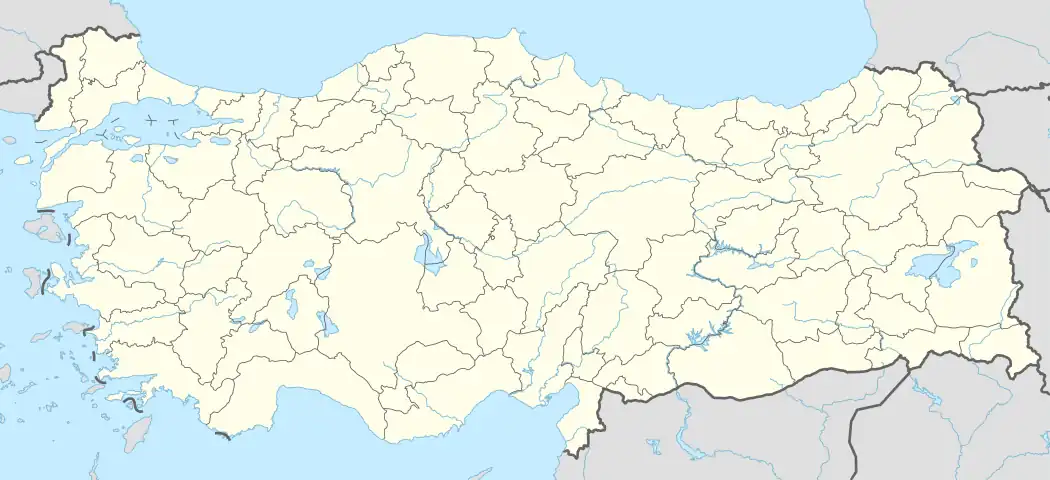Bağlar | |
|---|---|
 Bağlar Location in Turkey | |
| Coordinates: 37°17′28″N 44°31′23″E / 37.291°N 44.523°E | |
| Country | Turkey |
| Province | Hakkâri |
| District | Şemdinli |
| Population (2022)[1] | 784 |
| Time zone | TRT (UTC+3) |
Bağlar (Kurdish: Nehrî) is a village in the Şemdinli District in Hakkâri Province in Turkey.[2] The village is populated by Kurds of the Humaru and Zerzan tribes and had a population of 784 in 2022.[1][3]
Bağlar has the nine hamlets of Çamlıca (Bêşems), Güzelkaya (Bêgirdê), Meşeli (Bêmlate), Turi (Tûyê), Moşe (Beyteran), Çem (Nawrezan), Rüzgarlı (Rubunus), Tuva and Zorgeçit (Kerketî) attached to it.[4]
History
Nehrî was a sub-provincial centre[3] and a small emirate in the 19th century ruled by the seyyids of Nehrî. The seyyids of Nehrî were an influential Naqshbandi Sheikh family whose leader Sheikh Sayyid Taha I gained influence after the defeat of Bedir Khan Beg in 1847, by inciting violence against Nestorians. The son of Sheikh Taha, Sheikh Ubeydullah was one of the most influential Kurdish leaders in the early 20th century by inciting the first nationalist Kurdish uprising against the Ottomans.[5] Today, the village is populated by an unrelated Kurdish family as the land was confiscated by the central government after the uprising.[3]
Population
Population history from 1997 to 2022:[6][1]
| Year | Pop. | ±% p.a. |
|---|---|---|
| 1997 | 520 | — |
| 2007 | 788 | +4.24% |
| 2012 | 783 | −0.13% |
| 2017 | 900 | +2.82% |
| 2022 | 784 | −2.72% |
References
- 1 2 3 "Address Based Population Registration System Results". Türkiye İstatistik Kurumu (in Turkish). Retrieved 15 February 2023.
- ↑ "Türkiye Mülki İdare Bölümleri Envanteri". T.C. İçişleri Bakanlığı (in Turkish). Retrieved 19 December 2022.
- 1 2 3 Peter Alfred, Andrews; Benninghaus, Rüdiger, eds. (1989). Ethnic Groups in the Republic of Turkey. p. 216.
- ↑ "Şemdinli köylerinin Kürtçe, Türkçe ve Eski isimleri". Yüksekova Haber (in Turkish). Retrieved 15 December 2022.
- ↑ Gunter, Michael M. (2009). The A to Z of the Kurds. Scarecrow Press. p. 146.
- ↑ "1997 Population Count" (PDF) (in Turkish). Turkish Statistical Institute. 1999. Archived (PDF) from the original on 30 October 2022.